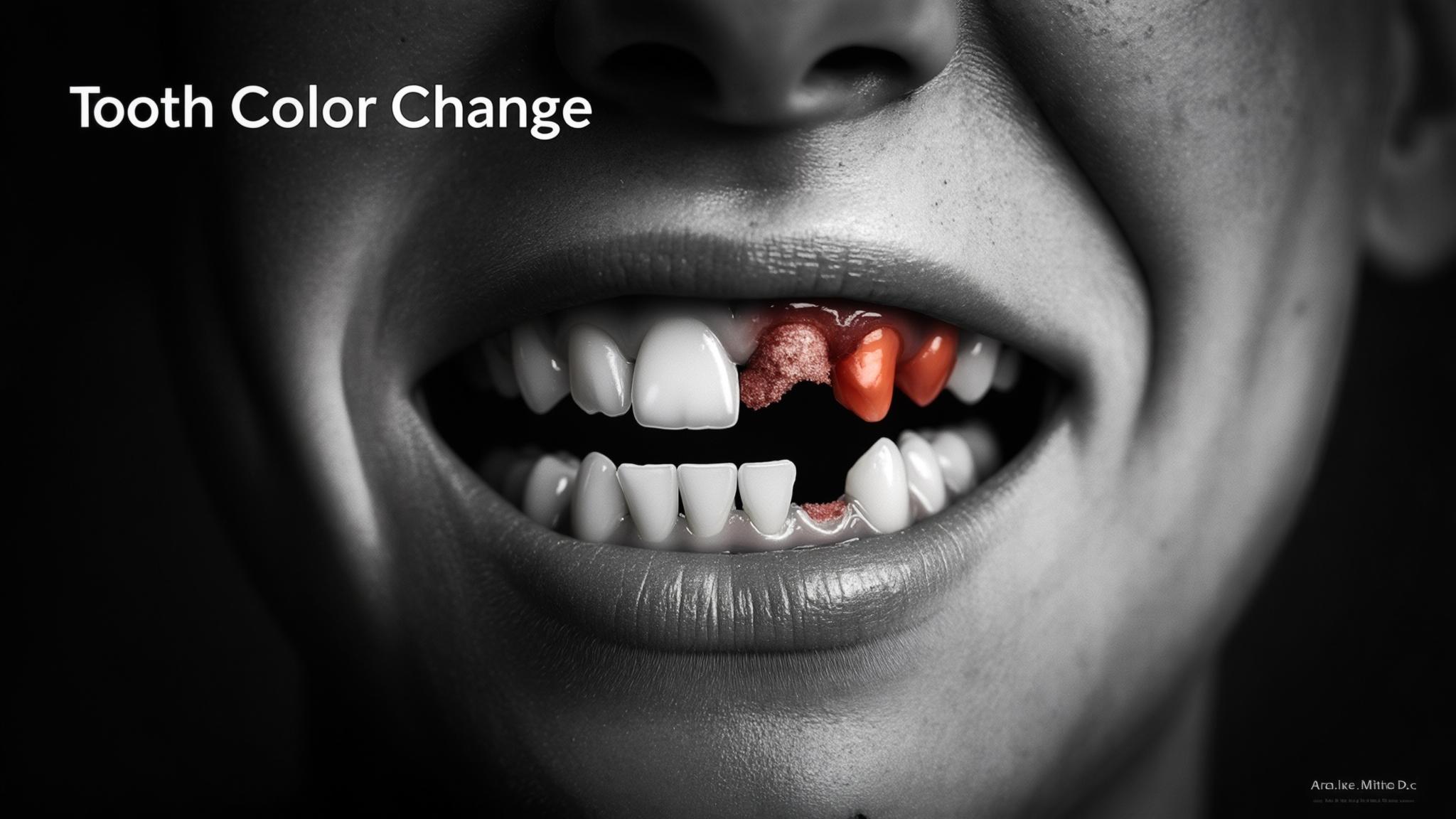Understanding Tooth Discoloration
Tooth discoloration can be unsettling, especially when it appears suddenly after an injury. But what exactly is tooth discoloration? Simply put, it refers to any change in the natural color of your teeth, which can range from yellowing to darkening or even turning gray. Recognizing these changes, especially after a dental injury, is crucial as it may indicate underlying issues that need attention.
This article aims to guide you through the causes and implications of tooth discoloration following an injury, how it’s diagnosed, and the treatment options available.
Understanding Tooth Discoloration
To grasp why teeth change color, it's helpful to know a bit about tooth anatomy. Teeth consist of multiple layers: the hard outer enamel, the softer dentin beneath, and the inner pulp containing nerves and blood vessels. Discoloration can occur in two main forms:
- Intrinsic Discoloration: This happens when the inner structure of the tooth darkens. It can be due to trauma, medication, or developmental conditions.
- Extrinsic Discoloration: This is surface staining, often caused by foods, drinks, or smoking.
Common causes of tooth discoloration include dietary factors like coffee and red wine, poor oral hygiene, and importantly, trauma and injury.
Tooth Discoloration Following Injury
Certain types of dental injuries are more likely to result in tooth discoloration:
- Fractures: Cracks or breaks can expose the inner layers of the tooth, leading to discoloration.
- Luxation (Dislocation): When a tooth is knocked out of its normal position, it can damage the blood supply, affecting color.
- Avulsion (Complete Displacement): A tooth completely knocked out can lead to color changes if replanted incorrectly.
The mechanism behind discoloration after trauma often involves damage to the dental pulp. When the pulp is injured, it can bleed internally, causing blood to seep into the dentin and darken the tooth.
Diagnosis of Tooth Discoloration After Injury
Diagnosing the cause of tooth discoloration involves a thorough clinical examination:
- Visual Assessment: Dentists look for color changes and other signs of trauma.
- Palpation and Percussion Tests: These help assess the tooth's sensitivity and stability.
Diagnostic imaging, like X-rays or Cone Beam Computed Tomography (CBCT), provides a detailed view of the tooth's internal structure, helping to identify the extent of damage.
Differential diagnosis is crucial to distinguish between intrinsic and extrinsic discoloration and rule out other conditions like decay or infection.
Treatment Options for Discoloration After Injury
Immediate management is key. Stabilizing the tooth and managing pain are first steps. Depending on the cause of discoloration, different treatments may be recommended:
- Endodontic Treatment (Root Canal Therapy): This is often necessary if the pulp is damaged.
- Internal Bleaching: Used for intrinsic discoloration, where bleaching agents are applied inside the tooth.
- External Bleaching: Helps with surface stains.
- Veneers and Crowns: These cover the tooth, restoring its appearance.
Follow-up care is essential. Regular dental check-ups ensure the tooth is healing properly and help spot any complications early.
Prevention Strategies
Preventing tooth discoloration starts with protecting your teeth from injury. Wearing mouthguards during sports can prevent trauma. Regular dental care helps maintain healthy teeth, and educating yourself about the risks of dental trauma ensures you're prepared.
Conclusion
Tooth discoloration following an injury can be alarming, but understanding its causes and treatments helps manage your dental health effectively. Seeking prompt dental care after an injury is vital, as is maintaining regular check-ups to ensure ongoing oral health.
References
- "Tooth Discoloration: Causes and Treatments," American Dental Association.
- "Dental Trauma Guidelines," International Association of Dental Traumatology.
- "Management of Traumatic Dental Injuries," Journal of Endodontics.

